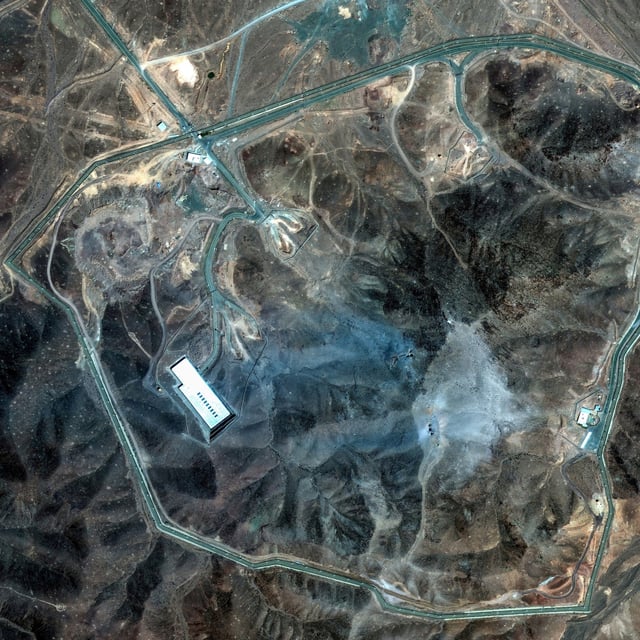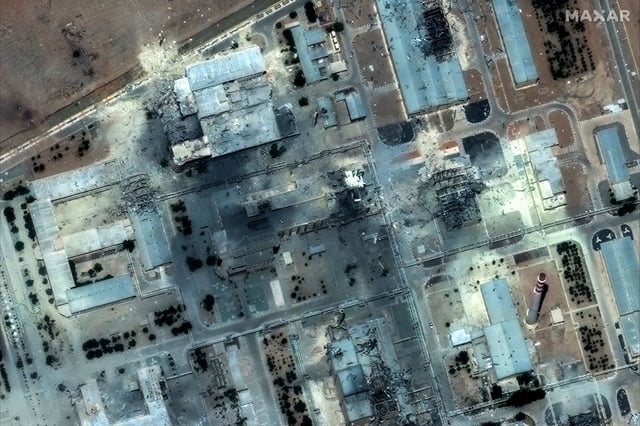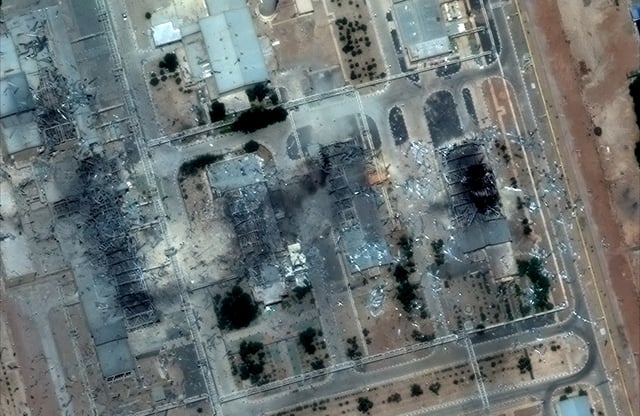Overview
- On June 20, the U.S. launched 75 precision munitions—including 30,000-pound bunker-buster bombs and over two dozen Tomahawks—striking Iran’s Fordow, Natanz and Isfahan sites and leaving visible craters on deeply buried targets.
- Iran’s parliament approved a nonbinding measure to close the Strait of Hormuz, potentially threatening nearly a quarter of global oil shipments, though final authorization lies with its Supreme National Security Council.
- President Trump publicly raised the prospect of regime change in Iran on social media, contradicting defense officials who insisted the operation was aimed solely at nuclear infrastructure.
- The International Atomic Energy Agency reported no off-site radiation spikes and cautioned that underground damage remains unconfirmed, as UN diplomats call for renewed negotiations over Tehran’s nuclear program.
- Iran and Israel have exchanged missile barrages in the days since the U.S. strikes, prompting air raid sirens in Tel Aviv and heightened security alerts for U.S. forces across the Middle East.



